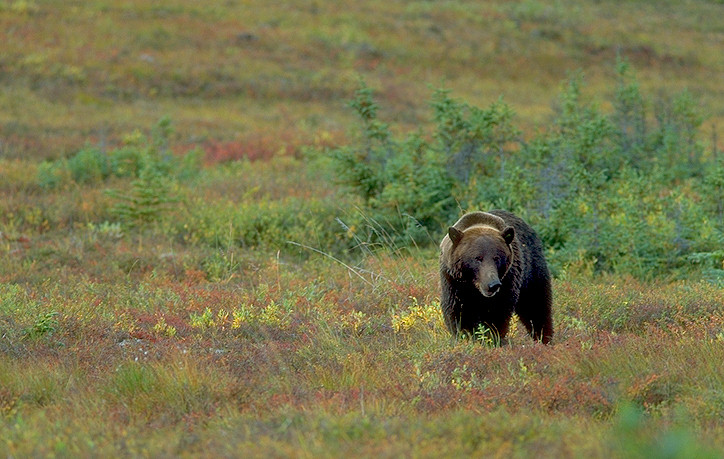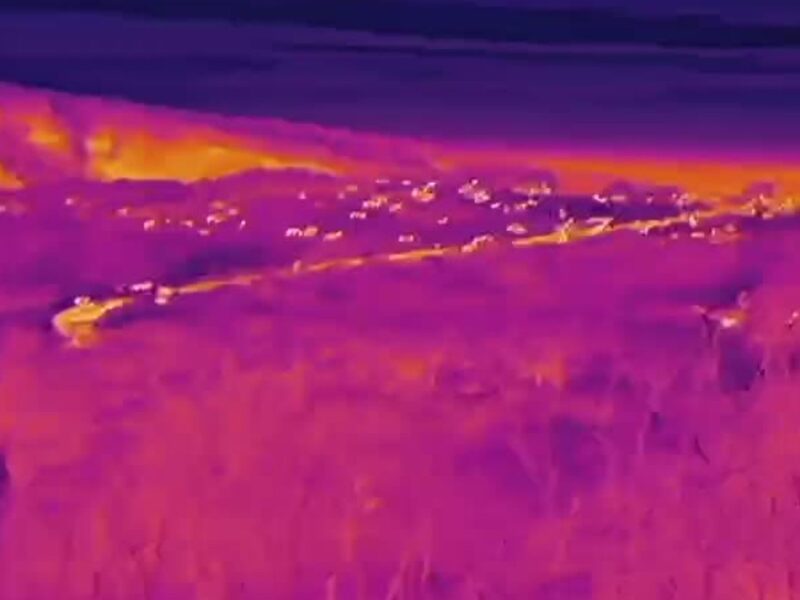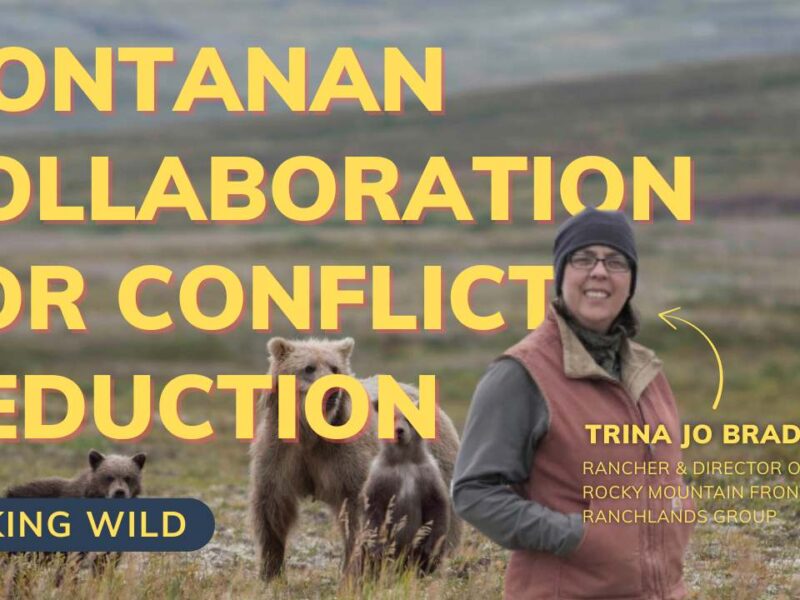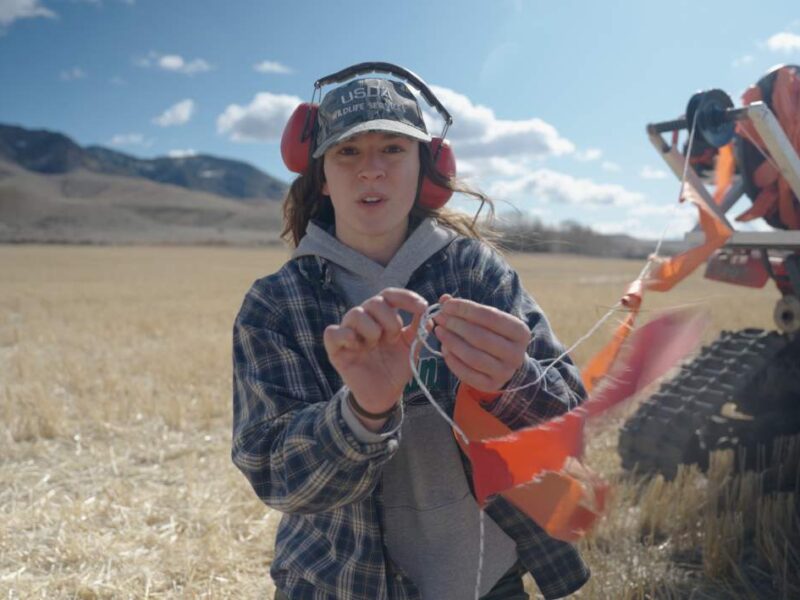
Waterton Biosphere Reserve’s Carnivores and Communities Program

A Working Wild Challenge case study
The Waterton Biosphere Reserve’s (WBR’s) Carnivores and Communities program operates in four municipalities, two of which are within the boundaries of the Waterton Biosphere Reserve in Canada.
The program focuses on proactive management to decrease conflict between people and carnivores, especially bears and wolves, within the agricultural community of Southwestern Alberta. It is well funded and effective, and it is a major WBR program.
Securing attractants or removing them from bears is a primary emphasis of the program, which includes educational, technical and cost-sharing components.
As Jeff Bectell, who leads the Carnivores and Communities program, explains,
In southwestern Alberta, the primary agricultural attractants for large carnivores include dead livestock (deadstock), granaries, bee yards, livestock and calving areas. Current attractant management projects include removing dead livestock from the landscape, making grain and feed storage facilities more secure and installing electric fencing to keep carnivores away from other attractants. We work with agricultural producers and rural landowners to decrease conflict on both private and public land.
The program has been effective. The proactive approach to conflict management sheds a favorable light on agriculture, as well. Landowners have felt more support from both government agencies and conservation groups, not just in terms of program funding, but also in terms of managing problem wildlife.
A major long-term goal is to secure a dependable funding source for cost-sharing conflict mitigation practices and predator compensation programs. The Carnivores and Communities program has also produced technical guides designed to support landowner efforts to reduce conflicts with large carnivores.
The Carnivores and Communities program has also produced technical guides designed to support landowner efforts to reduce conflicts with large carnivores. These guides are available in PDF format or by contacting WBR:
- WBR Carnivores and Communities Technical Guide: Deadstock Removal Program
- WBR Carnivores and Communities Technical Guide: Electric Fencing
- WBR Carnivores and Communities Technical Guide: Securing Your Grain Storage




